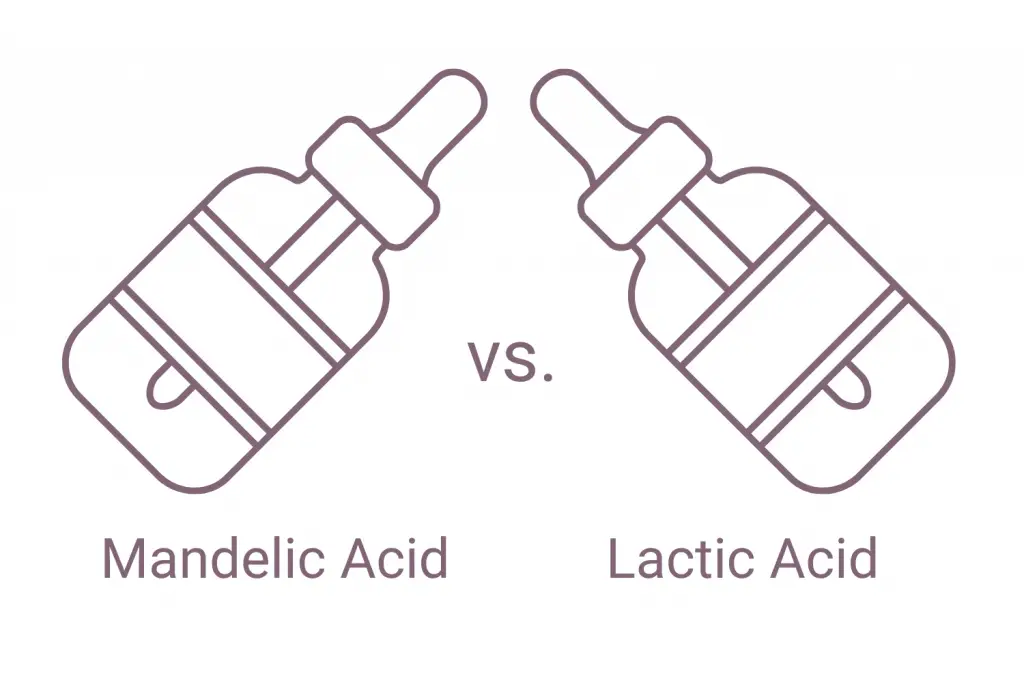Both mandelic acid and lactic acid can be found in numerous skincare products, but which one should you choose? Which one is the best for your skin needs?
This post may contain affiliate links. Read the full disclosure here
Lactic acid and mandelic acid are both alpha hydroxy acids (AHAs) that offer anti-aging and exfoliating benefits. But they have differences as well.
Lactic acid is the more potent ingredient that is more effective than mandelic acid. However, mandelic acid is the best option for sensitive or irritation-prone skin.
What Is Mandelic Acid?
Mandelic acid is an alpha hydroxy acid (AHA) that’s derived from bitter almonds. It’s often considered the most gentle AHA, making it a great choice for sensitive skin. It doesn’t penetrate as deep into the skin, making it gentler, but not as effective.
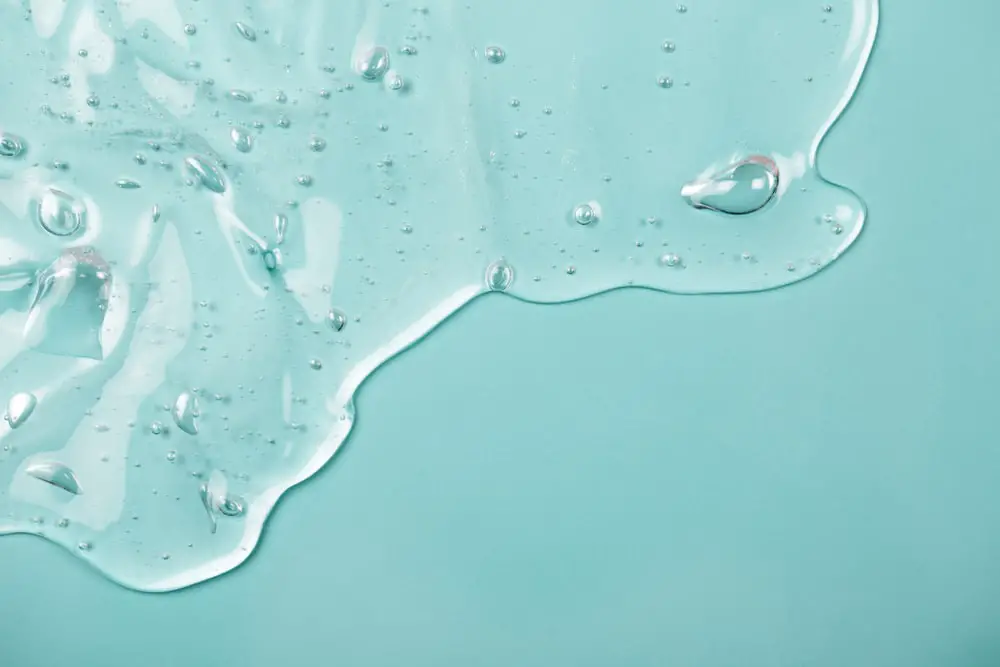
Mandelic acid can be used by those who aren’t able to tolerate other alpha hydroxy acids (AHAs), such as lactic acids. It penetrates slower but the benefits build over time.
You will need to commit to using mandelic acid long-term in order for you to see the effectiveness.
Mandelic Acid Benefits
Mandelic acid offers a wide range of skin benefits.
- Promotes elasticity and firmness
- Reduces the appearance of fine lines and wrinkles
- Antibacterial properties
- Help unclog pores
- Improve skin tone and texture
Reduce Fine Lines and Wrinkles
Exfoliating ingredients such as mandelic acid increase cell turnover which can help stimulate collagen production. The increase in collagen leads to a more youthful appearance with visibly fewer wrinkles and fine lines.
Helps Fight Acne
Mandelic acid also has antibacterial properties, which is useful when it comes to breakouts and acne. These antibacterial properties help unclog pores to normal sebum production to reduce blackheads and acne breakouts.
Mandelic acid at concentrations of 5% and 10% were effective acne treatments. It helps speed up cell turnover which removes dead skin that can trap bacteria and oil.
Brightens Skin
Mandelic acid sheds off the top layer of skin cells revealing smoother, softer, and brighter skin.
Even Texture and Tone
It can also help reduce the appearance of hyperpigmentation, fade acne scars and lead to brighter skin. Mandelic acid can be a good first acid since it’s the mildest.
Start with mandelic acid to see how acids can work for your skin and then increase the concentration or move on to lactic acid if you aren’t seeing the results you want.
What Is Lactic Acid?
Lactic acid is an alpha-hydroxy acid and is usually found in sour milk and sour cream naturally. When it is incorporated into skincare, lactic acid exfoliates the skin.
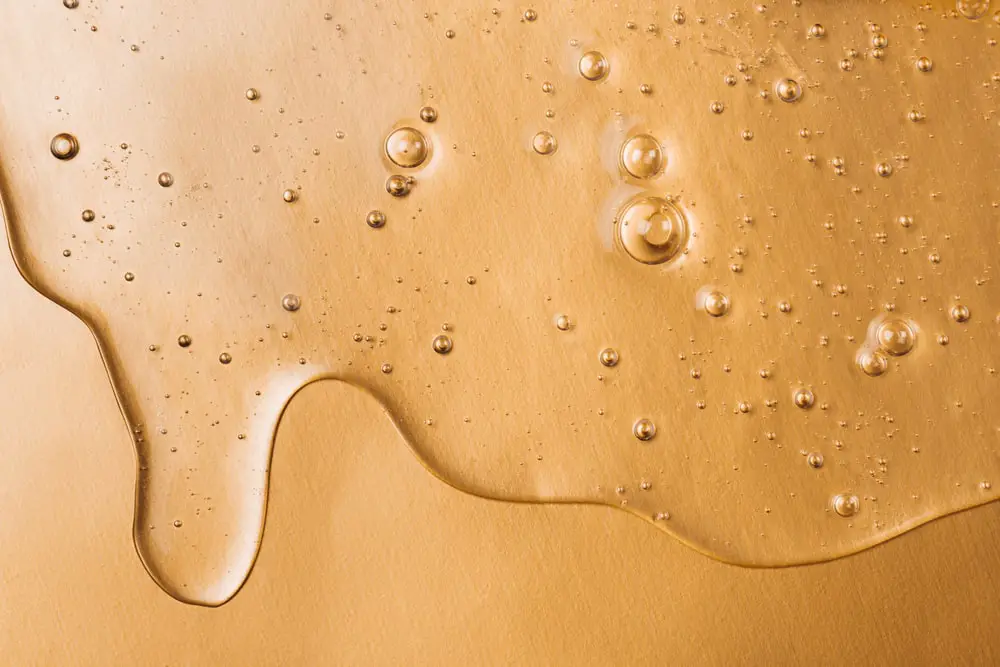
It does this by loosening the bonds that hold the dead skin cells together, in order to get rid of dry dull surface skin. It’s one of the most researched acids.
Learn how lactic acid compares to lactobionic acid here.
Lactic Acid Benefits
Lactic acid offers several benefits for the skin.
- Reduces the appearance of fine lines and wrinkles
- Promotes skin firmness
- Evens tone and texture
- Reduce the appearance of sun damage, such as age spots
- Helps fight blemishes
Reduce Wrinkles and Fine Lines
Any alpha-hydroxy acids can give you firmer and tighter skin to smooth out wrinkles and fine lines. It helps give your complexion a more firm and youthful appearance. Lactic acid can increase dermal and epidermal firmness.
Brightens Skin
Increasing cell turnover leads to a fresher and brighter complexion. With lactic acid exfoliating, you can reduce the appearance of sun damage, age spots, uneven skin tone, and hyperpigmentation. Lactic acid is effective when it is used with a brightening skincare routine with Vitamin C.
Lactic acid can help facilitate cell turnover, which reduces flakiness and dryness of the surface of the skin and encourages a healthy skin barrier.
Helps Fight Acne
Lactic acid can act as a peeling agent to unclog pores and help keep the skin clear.
It can help unclog pores and help prevent future breakouts. This is why lactic acid is a common ingredient in topical acne treatments.
Event Skin Tone and Texture
Not only does it help acne but it can also fade acne scars. A lactic acid peel can help you with acne scars that come from-post inflammatory hyperpigmentation and improve texture and skin tone.
When you use lactic acid in different concentrations, it can address various issues. In the lower concentrations, it helps draw moisture within the skin. Higher concentrations will allow you to use it as a potent exfoliator.
Mandelic Acid Vs. Lactic Acid
Both mandelic acid and lactic acid are similar and are water-soluble AHAs that give you a smoother and brighter complexion. Both ingredients will work better when you use them in a skincare routine that also has other anti-aging ingredients.
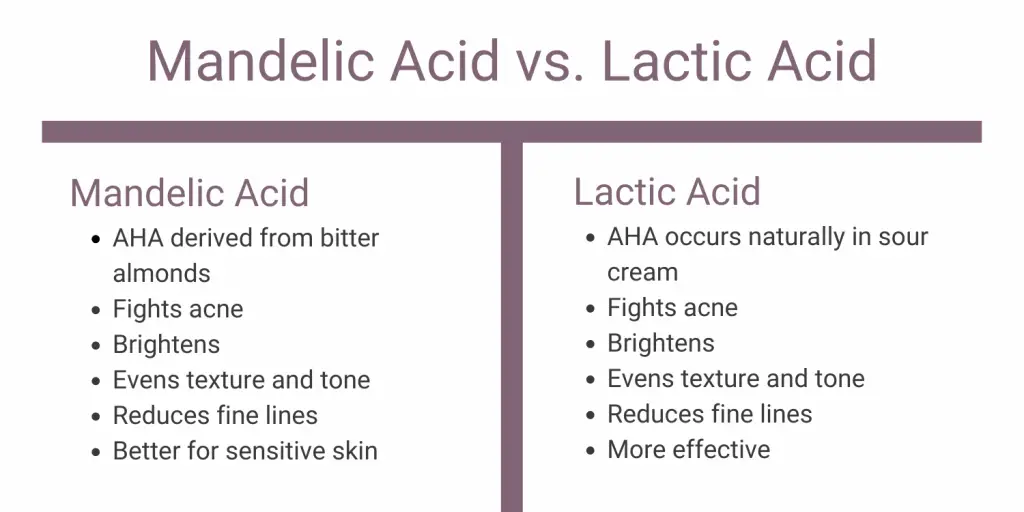
Similarities
Mandelic acid and lactic acid are both alpha-hydroxy acids that promote cell turnover. The benefits of chemical exfoliation include brighter skin, a more youthful appearance, and a more even tone.
Differences
The main difference is the size of the molecule and how deep it will penetrate the skin. The difference in penetration means that lactic acid can be more effective but can cause more skin irritation.
Can They Be Used Together?
It’s best not to mix mandelic acid and lactic acid unless you are using a product that is specially formulated to include the correct percentage of both of the ingredients.
Depending on the concentration of your products, you should be able to use them daily or every other day. You should start slowly then gradually increase the frequency as your skin tolerates the product. Avoid overuse of AHAs since over-exfoliation can lead to skin irritation.
When to Use Mandelic Acid and Lactic Acid
It’s best to use lactic acid and mandelic acid at night since they can make your skin more sensitive to the sun. Also avoid using them at the same time as other potent actives, such as retinol, pure vitamin C, or other alpha-hydroxy acids such as glycolic acid. Even though these products should be a part of your skincare routine for added benefits, you don’t want to mix the products directly.
Protect Your Skin When Using AHAs
Whether you are using mandelic acid or lactic acid, you want to make sure you are using sunscreen in order to protect your skin from the harmful rays that can cause aging. Glycolic acid is another acid in the same family and gives similar results as both mandelic and lactic acid so it shouldn’t be used in conjunction with either, but if you aren’t seeing results, you can try glycolic acid.
Precautions With AHAs
You shouldn’t use either product on any compromised or peeling skin or active acne. If you do notice that your skin is getting flaky, red, or irritated, you can dilute serums with ingredients such as hyaluronic acid to reduce the strength for your skin to build a tolerance to the products. You can also reduce the frequency of use.
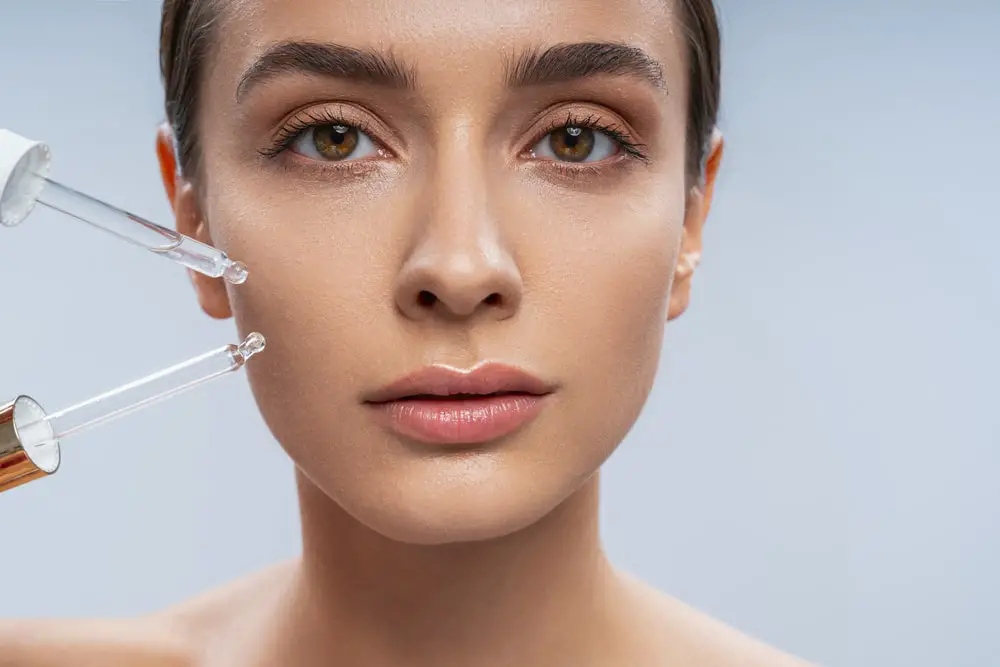
Which Is Better for You?
Determining which ingredient is better for you will depend on your skin and skincare goals.
Mandelic acid is going to be the best choice if you have sensitive skin since it has a larger molecule size. The larger size means it won’t penetrate as deeply and it will give you less irritation. If you want a milder exfoliation treatment then mandelic acid will also be the better choice, especially if you have acne-prone and oily skin.
Lactic acid will be a better choice if you want stronger exfoliation, as long as your skin can tolerate it and it’s not as sensitive. Lactic acid is also a better choice for those who have dry skin since it will also moisturize the skin while it exfoliates.
When it comes to hyperpigmentation, both lactic acid and mandelic acid exfoliate the skin to help fade age spots, dark spots, and uneven pigmentation. Lactic acid will penetrate the surface deeper since it’s a smaller molecule, which will mean it gives you better exfoliation. Lactic acid does come with more side effects, depending on the concentration, but will give you better results for hyperpigmentation than mandelic acid.
Lactic acid and mandelic acid are beneficial chemical exfoliators that help with hyperpigmentation, acne, and aging concerns, such as wrinkles and fine lines.
For those with sensitive skin, be sure to choose mandelic acid. However, if you don’t have sensitive skin and aren’t seeing the results you want with mandelic acid then consider trying lactic acid.
Other Comparison Articles You Might Like:

